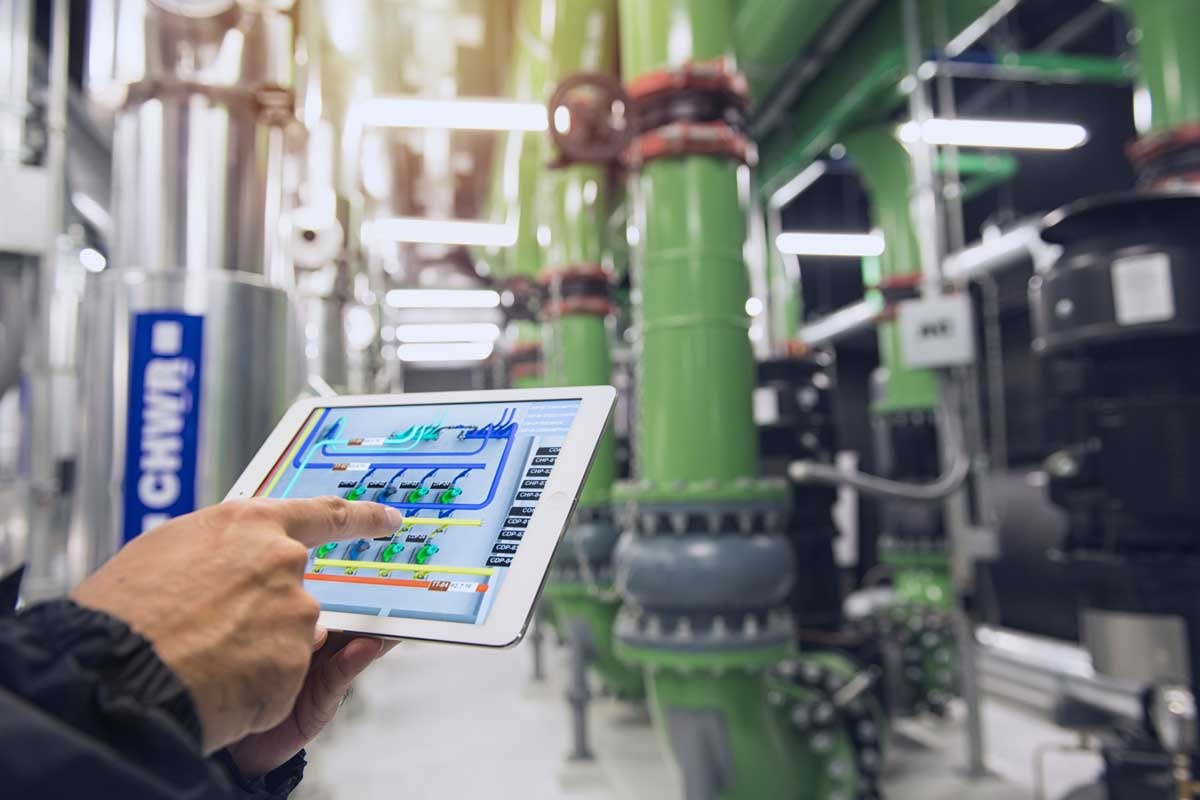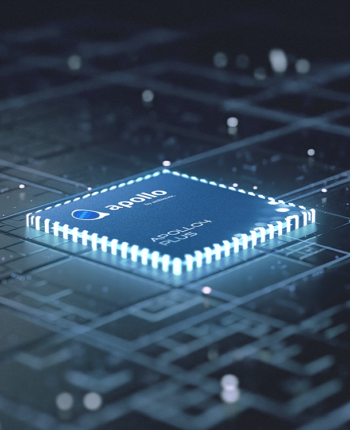
It is the AI revolution that employs the AI models and reshapes the industries and firms. They make work quick, make improvements to on choices, and supply specific treatment providers. It is actually critical to find out the difference between equipment Studying vs AI models.
Prompt: A gorgeously rendered papercraft entire world of a coral reef, rife with colourful fish and sea creatures.
Each one of such is a notable feat of engineering. For your get started, instruction a model with in excess of a hundred billion parameters is a complex plumbing difficulty: countless unique GPUs—the hardware of choice for instruction deep neural networks—have to be related and synchronized, as well as training info split into chunks and distributed amongst them in the ideal order at the proper time. Big language models are becoming prestige assignments that showcase a company’s specialized prowess. Nevertheless number of of such new models shift the analysis forward further than repeating the demonstration that scaling up gets good outcomes.
AI models are adaptable and robust; they assist to find content material, diagnose conditions, take care of autonomous motor vehicles, and forecast financial markets. The magic elixir inside the AI recipe that is certainly remaking our earth.
Apollo510, according to Arm Cortex-M55, provides 30x superior power efficiency and 10x more quickly performance compared to previous generations
In both of those scenarios the samples in the generator start out out noisy and chaotic, and eventually converge to get far more plausible image data:
Generative models have quite a few shorter-time period applications. But In the long term, they keep the likely to routinely understand the normal features of a dataset, regardless of whether classes or dimensions or another thing fully.
What used to be basic, self-contained machines are turning into smart devices that could talk with other units and act in real-time.
Generative models undoubtedly are a promptly advancing spot of investigation. As we proceed to advance these models and scale up the coaching and the datasets, we can easily be expecting to finally make samples that depict completely plausible images or films. This will likely by by itself find use in various applications, for instance on-need generated artwork, or Photoshop++ commands such as “make my smile wider”.
Brand name Authenticity: Clients can sniff out inauthentic content material a mile away. Building belief necessitates actively Mastering about your audience and reflecting their values in your content.
We’re sharing our research development early to start out dealing with and finding feed-back from Ultra-low power people outside of OpenAI and to give the public a sense of what AI capabilities are on the horizon.
What's more, designers can securely acquire and deploy products confidently with our secureSPOT® technology and PSA-L1 certification.
Prompt: A petri dish by using a bamboo forest escalating inside it which has very small red pandas working all over.
Particularly, a little recurrent neural network is employed to understand a denoising mask that is definitely multiplied with the first noisy enter to produce denoised output.
Accelerating the Development of Optimized AI Features with Ambiq’s neuralSPOT
Ambiq’s neuralSPOT® is an open-source AI developer-focused SDK designed for our latest Apollo4 Plus system-on-chip (SoC) family. neuralSPOT provides an on-ramp to the rapid development of AI features for our customers’ AI applications and products. Included with neuralSPOT are Ambiq-optimized libraries, tools, and examples to help jumpstart AI-focused applications.
UNDERSTANDING NEURALSPOT VIA THE BASIC TENSORFLOW EXAMPLE
Often, the best way to ramp up on a new software library is through a comprehensive example – this is why neuralSPOt includes basic_tf_stub, an illustrative example that leverages many of neuralSPOT’s features.
In this article, we walk through the example block-by-block, using it as a guide to building AI energy harvesting design features using neuralSPOT.
Ambiq's Vice President of Artificial Intelligence, Carlos Morales, went on CNBC Street Signs Asia to discuss the power consumption of AI and trends in endpoint devices.
Since 2010, Ambiq has been a leader in ultra-low power semiconductors that enable endpoint devices with more data-driven and AI-capable features while dropping the energy requirements up to 10X lower. They do this with the patented Subthreshold Power Optimized Technology (SPOT ®) platform.
Computer inferencing is complex, and for endpoint AI to become practical, these devices have to drop from megawatts of power to microwatts. This is where Ambiq has the power to change industries such as healthcare, agriculture, and Industrial IoT.
Ambiq Designs Low-Power for Next Gen Endpoint Devices
Ambiq’s VP of Architecture and Product Planning, Dan Cermak, joins the ipXchange team at CES to discuss how manufacturers can improve their products with ultra-low power. As technology becomes more sophisticated, energy consumption continues to grow. Here Dan outlines how Ambiq stays ahead of the curve by planning for energy requirements 5 years in advance.
Ambiq’s VP of Architecture and Product Planning at Embedded World 2024
Ambiq specializes in ultra-low-power SoC's designed to make intelligent battery-powered endpoint solutions a reality. These days, just about every endpoint device incorporates AI features, including anomaly detection, speech-driven user interfaces, audio event detection and classification, and health monitoring.
Ambiq's ultra low power, high-performance platforms are ideal for implementing this class of AI features, and we at Ambiq are dedicated to making implementation as easy as possible by offering open-source developer-centric toolkits, software libraries, and reference models to accelerate AI feature development.

NEURALSPOT - BECAUSE AI IS HARD ENOUGH
neuralSPOT is an AI developer-focused SDK in the true sense of the word: it includes everything you need to get your AI model onto Ambiq’s platform. You’ll find libraries for talking to sensors, managing SoC peripherals, and controlling power and memory configurations, along with tools for easily debugging your model from your laptop or PC, and examples that tie it all together.
Facebook | Linkedin | Twitter | YouTube